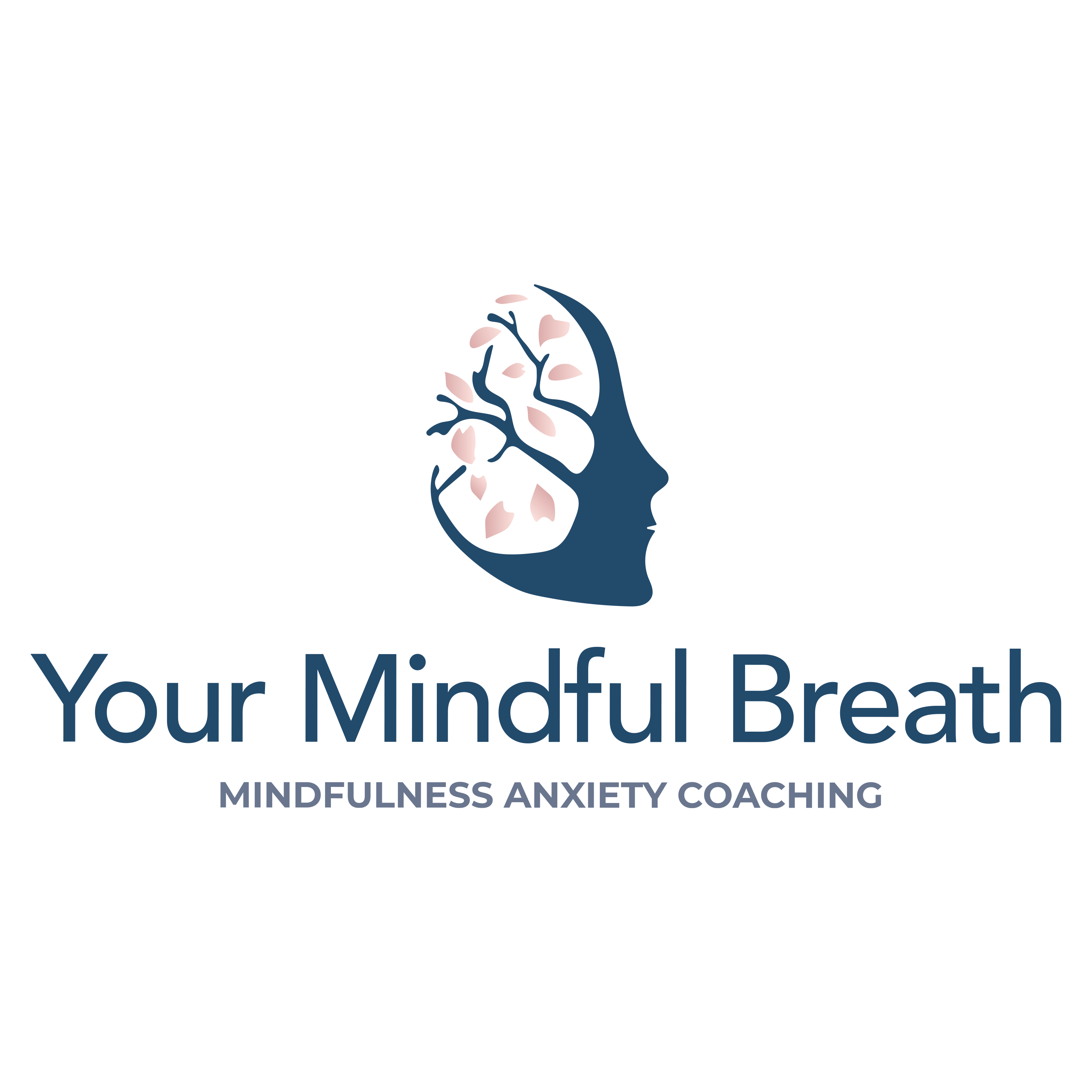Are you curious about how to start a regular meditation practice?
Do you already meditate but it’s on and off?
Want help on making meditation a regular habit?
You’re in the right place.
First and most importantly it is good to have a foundational understanding of what meditation is. As defined by a leader in the mindfulness meditation industry, John Kabat-Zinn, mindfulness is paying attention to the present moment, on purpose, non-judgmentally. In other words, this means allowing yourself to be immersed into the present moment and experience each moment as it shows up. Mindfulness meditation is the discipline of this practice.
If you ever find yourself fearful of starting a meditation practice because you can’t calm the brain or focus the mind. Fear not. This is not the purpose of meditation. Those are the benefits that come along the way.
It is TOTALLY normal for your mind to wander during moments of stillness! This is what the mind does naturally! Be thankful it does this and allow yourself to accept sitting with these thoughts without judgment.
7 Attitudes of Mindfulness
Mindfulness meditation is based on 7 pillars of mindfulness of which each offer guidance on how to be mindful. It’s important to understand these in conjunction with defining meditation.
The 7 pillars of mindfulness include the following:
- Non-Judging
- Patience
- Beginner’s Mind
- Trust
- Non-Striving
- Acceptance
- Letting Go
When you practice adopting each of these 7 attitudes into a consistent meditation practice, begin to see a new version of your life and future unfold.
Additionally, I’d first and foremost recommend speaking with a trained medical professional to ensure you’re physically, emotionally and mentally secure to begin a practice. Mindfulness meditation is a wonderful experience and you’ll find lots of research and information on all the benefits. However, meditation is unique to each individual and could potentially be a triggering or harmful experience if not first discussed with a medical provider to determine the best approach. If you have any doubts on this, I recommend you speak with a medical professional.
Now finally to the part you want to know!
These six steps to starting a meditation practice will lead you to a consistent and compassionate mindfulness meditation practice.
1. Define Your Purpose:
What is the reason you want to start a meditation practice? Perhaps it is to feel less stress or calmer? Maybe you want to try out a new skill. Whatever the reason, try memorializing it by writing it down, voice recording it, or even associate it with a certain action or thing. Allow this thing to perhaps be a reminder when you think you are not doing it right and want to quit because if you’re anything like me, you’ll definitely have those days. This is why defining and setting an intention for what brings you to the meditation space is critical to consistency.
This is not to be confused with the purpose of meditation. The key to meditation is contradictory it may seem that there’s no purpose to the practice. In fact, meditation is the practice of non-striving and non-doing. However, there is nothing wrong with showing up with an intent and focus to help guide you during your practice.
2. Be Realistic:
Set realistic time goals for starting your meditation practice. Furthermore, identify what your schedule holds and how much time is feasible for you to dedicate? Perhaps that’s two minutes per day or maybe it is fifteen. I would recommend starting small and not overstressing if you can’t make your goal or forget to meditate.
3. Schedule it into your calendar
If you struggle with finding the time to do it or the memory to do it, give yourself some peace of mind and set a reminder. Therefore, add it into your calendar. Add a reminder as an alarm on your phone. Do whatever you need to do to make it EASY for you to remember to take this time for yourself.
4. Best time of day to meditate
There’s no time better than another to start a meditation practice. It’s really dependent upon your schedule. Personally, I like to find time in the morning to help set the tone for the day and I can at least check one thing off my to-do list. Honestly though, the thing about being human is trying to navigate around impermanent schedules. So I’ll be honest, my own personal practice is not always every morning. Sometimes, I only can do a formal practice in the evening or sometimes it’s a few simple reminders of being in the present moment and taking a few deep breaths throughout the day. Truthfully, whatever it is that is engaging me in the present moment becomes my meditation practice.
5. Start with simple breathing exercises
My favorite is box breath. You can use a count of 4 for inhaling, holding, exhaling, holding and then repeating the cycle. Here is a brief practice you can try Box Breathing Recording. It is a short three minute practice you can begin incorporating into your day immediately. I’ll often start my meditation practice with some sort of breathwork exercise like box breath to help me get in the mindset of focusing on my breath and my body.
6. Be patient with yourself
Meditation takes time and practice. Just like going to the gym to work out your muscles you also need time to make it a regular practice. It’s also super important to be kind and gentle with yourself during this time. Meditation can be a powerful tool that takes consistent practice, patience, and compassion.
If you’ve tried meditation before, tell me in the comments what you’ve done or perhaps where you are stuck on maintaining a regular meditation practice.





